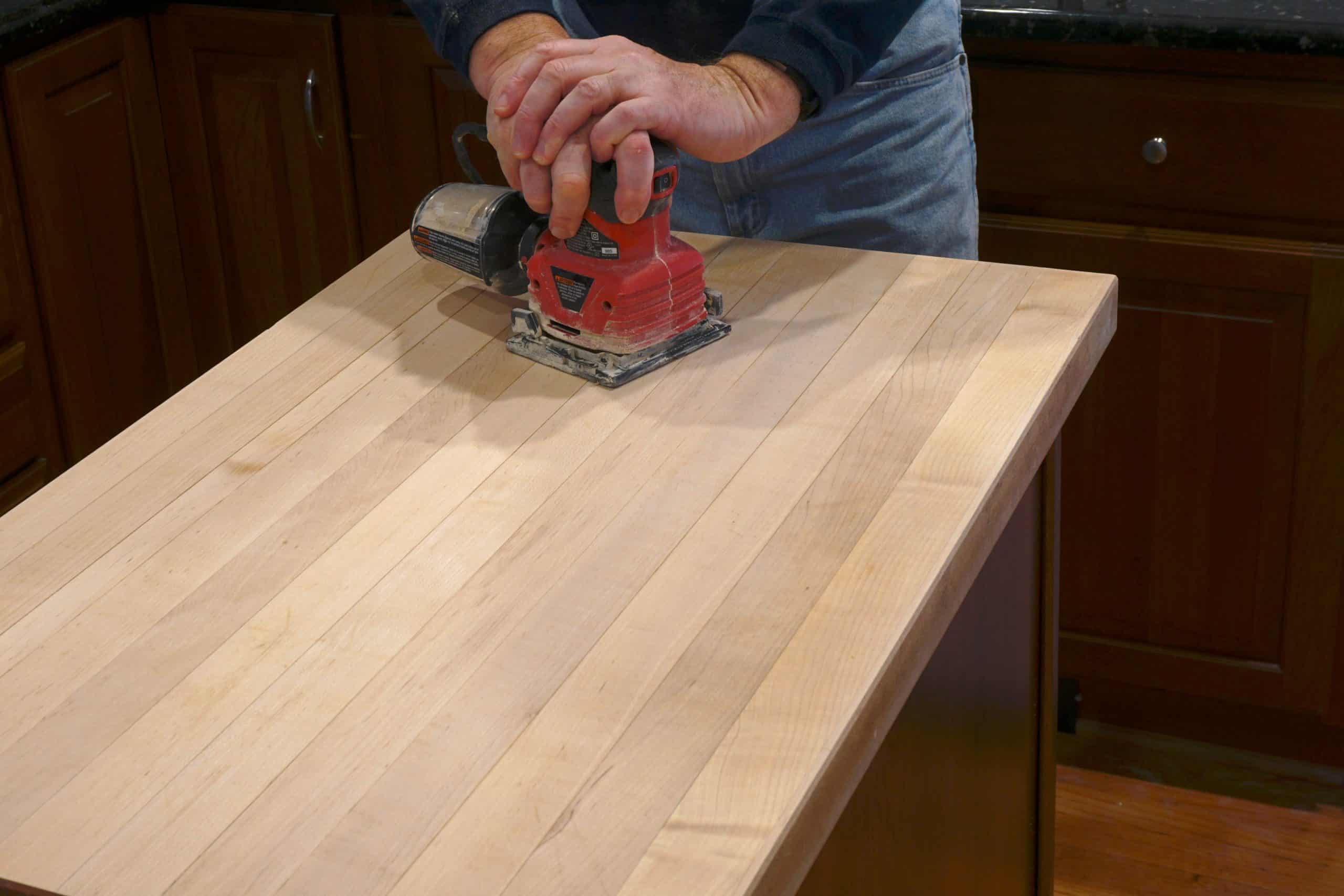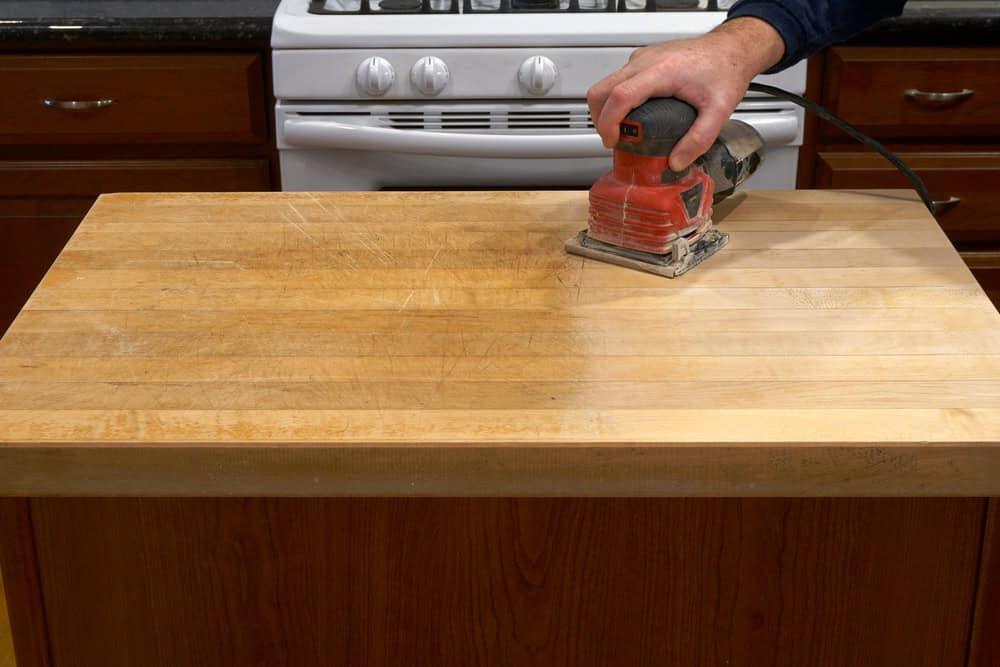Is your kitchen crying out for a makeover? Countertop refinishing in Sutton Place, NY, is the answer. Bid farewell to those unsightly cuts, spills, nicks, and stains that have marred your surfaces. With Diamond Stone Restoration Corp’s skilled touch, your tired countertops can be reborn into eye-catching features. Ready to give your space a fresh, new vibe?

Hear from Our Customers

Countertop refinishing in NY offers a practical and stylish solution for homeowners seeking a kitchen or bathroom refresh. It’s a cost-effective method to achieve the desired aesthetic without incurring significant expenses. With Diamond Stone Restoration Corp’s expertise, your countertops will not only regain their former beauty but also gain enhanced durability.
Diamond Stone Restoration Corp is a trusted name in New York City for countertop refinishing. We are a team of artisans passionate about transforming surfaces using premium materials that guarantee resilience and elegance. From marble countertop restoration to everyday countertop repair, we approach each project with dedication and precision. Our local presence in Sutton Place allows us to understand the specific needs of our community, ensuring your countertops receive the attention they deserve. We use high-grade epoxy resins and specialized pigments to achieve a finish that is both stunning and long-lasting. Our team’s training includes advanced techniques for color matching and surface preparation, guaranteeing a seamless and professional result.


Ready to get started?
Choosing countertop refinishing in Sutton Place with Diamond Stone Restoration Corp is a wise decision for homeowners who value both aesthetics and practicality. Our service goes beyond mere surface improvement; it’s about creating spaces that inspire. We understand that your home is your sanctuary, and we’re dedicated to helping you make it as beautiful and functional as possible. With our exacting approach and adherence to excellence, we can modify your worn-out countertops into showstoppers. Contact us today for a consultation and discover the potential of refinement.

The street that became York Avenue and Sutton Place was proposed as an addition to the Commissioners’ Plan of 1811 for Manhattan, which designated 12 broad north-south avenues running the length of the island. The geography of Manhattan left a large area on the Upper East Side east of First Avenue without a major north-south thoroughfare, so Avenue A was added to compensate. Sutton Place, the name that applied to the whole street at the time, was originally one of several disconnected stretches of Avenue A built where space allowed, east of First Avenue.
In 1875, Effingham B. Sutton constructed a group of brownstones between 57th and 58th Streets. The earliest source found by The New York Times using the term Sutton Place dates to 1883. At that time, the New York City Board of Aldermen approved a petition to change the name from “Avenue A” to “Sutton Place”, covering the blocks between 57th and 60th Streets. The block between 59th and 60th Streets is now considered a part of York Avenue.
Sutton Place first became fashionable around 1920, when several wealthy socialites, including Anne Harriman Vanderbilt and Anne Morgan, built townhouses on the eastern side of the street, overlooking the East River. Both townhouses were designed by Mott B. Schmidt, launching a career that included many houses for the wealthy. Very shortly thereafter, developers started to build grand co-operative apartment houses on Sutton Place and Sutton Place South, including several designed by Rosario Candela. Development came to an abrupt halt with the Great Depression, and the luxury apartment buildings on the lower part of Sutton Place South (below 57th Street) and the northernmost part of Sutton Place (adjacent to the Queensboro Bridge) were not developed until the 1940s and 1950s.
Learn more about Sutton Place.Local Resources
Useful Links
Ready To Restore The Beauty Inside Your Stone?
Contact us today!
Diamond Stone Restorations Corp
Company
Support
Useful Links